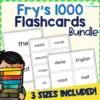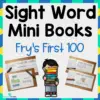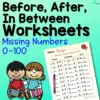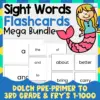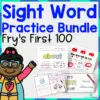Writing is not a skill that develops naturally. Children need a lot of practice to develop the small movements required for writing tasks.
Expose children to fun and exciting activities, encouraging them to write better and more often. These ten engaging writing activities are guaranteed to make writing an enjoyable task for young learners.
Great Writing Activities for Preschoolers
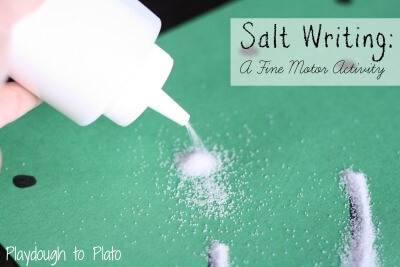
This activity uses readily available materials and requires limited preparation. It is also modifiable depending on the children’s abilities. Using the squeeze bottle to write will help strengthen children’s hand muscles.
Following the lines on the paper while squeezing salt will help improve fine motor control and eye-hand coordination skills.
Fill a clean squeeze bottle with table salt. Next, use a marker to make lines and dots on colored construction paper. Model the activity by showing the children how to squeeze the bottle to cover the lines gently.
Let children practice squeezing the salt to develop control. Next, have them write with it, following the lines and dots until fully covered.
The site suggests using this activity for children to practice writing sight words. To do this, write the target sight words using a marker and let children squeeze salt on it.
Children can also practice writing numbers and drawing shapes and simple figures.
For this activity, you will need:
- Construction paper
- Squeeze bottle
- Table salt
- Markers
For more information on this activity, go to PlaydoughPotato.com.
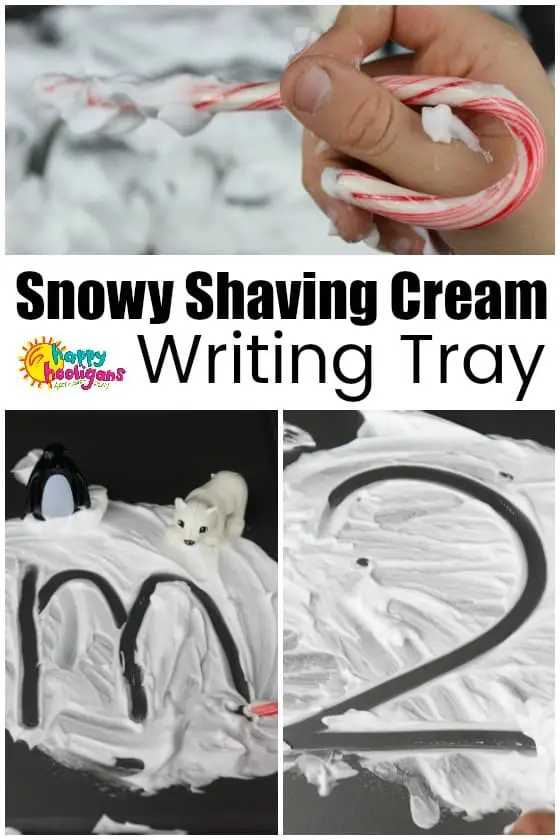
Using shaving cream for a writing activity will provide a wonderful sensory experience for children. It allows children to practice their fine movements with their fingers to make recognizable outputs.
Let children practice with letters and numbers to improve their letter and number recognition skills. They can also practice drawing simple illustrations.
The site suggests using a writing utensil like a candy cane for children who may not like touching the shaving cream. Using a writing utensil will help improve their three-finger or tripod grasp.
Start by squeezing a good amount of shaving cream on a clean and dry tray. Let the children spread the cream on the tray to level. Have them write the target letters, numbers, spelling words, or sight words.
For younger children, let them copy different simple lines and shapes. Model the movements to complete the tasks. Children will learn to observe and follow directions as they do these tasks.
To start again, have children spread the shaving cream again with their hands.
For this activity, you will need:
- Baking tray
- Shaving cream
- Paper towels
- Arctic animals
- Candy cane
For more information on this activity, go to HappyHooligans.ca.
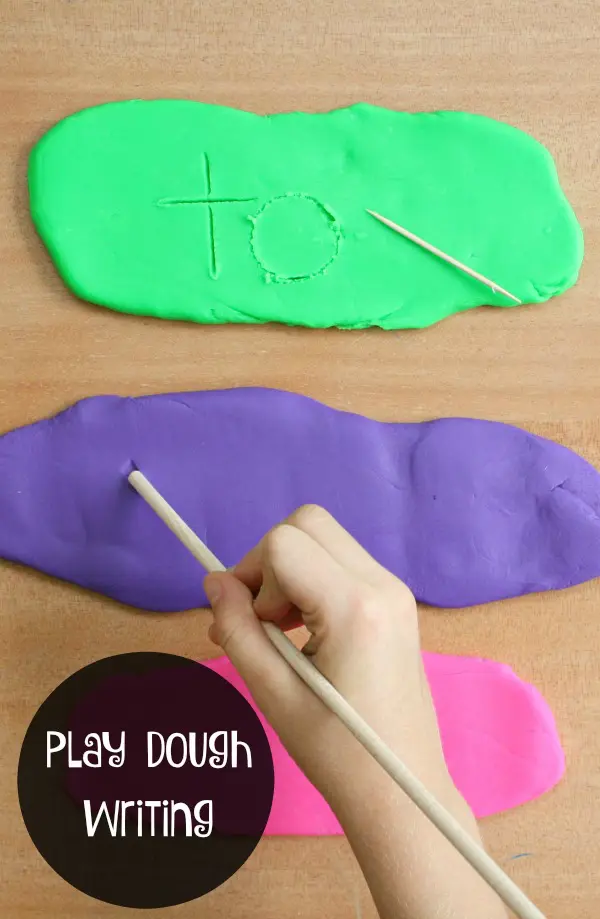
Playdough writing is a fun activity that does not limit writing to traditional paper and pencil tasks. Working with playdough will help strengthen their hand muscles.
The clay will provide resistance to help children improve their hand control and coordination. Different types of dowels will allow children to choose a comfortable writing utensil.
This step may allow them to do this activity for a longer period. They can practice strokes and writing sight words or spelling words.
Start this activity by providing children with different playdough. Let them flatten these. Provide the dowels and let them use these to write on the clay. Flip the flattened clay and use the smooth part.
To reuse, have children smoothen these out. The site recommends using homemade play dough or newly bought to ensure the texture remains soft.
Playdoughs that have been used for some time may be too dry and challenging for children to work with.
For this activity, you will need:
- Playdough
- Assorted dowels
- Toothpicks
For more information on this activity, go to FantasticFunAndLearning.com.

Painting and writing with water is a simple yet powerful way to engage children in writing activities. It can be done indoors or outdoors, depending on the available materials.
Children may practice improving their handwriting skills as they use the paintbrush to write over the letters. They may practice recognizing their names and sight words as they write with water.
They may also improve number recognition skills when writing different numbers and improve shape recognition by practicing drawing simple shapes and illustrations.
To start this activity, write the letters or target words on the blackboard using chalk. Place the blackboard on a tray to catch drips when children are painting. Provide a small container with water.
Let children dip the paintbrush in the water and use it to write over the letters. Point out that the letters disappear when they get wet.
The site suggests an option to do this same activity outdoors by letting children use the patio or sidewalk as their canvas. Colored water is also recommended to make this activity fun. Add enough food coloring to the water for this option.
For this activity, you will need:
- Small blackboard
- Chalk
- Craft tray
- Small container
- Water
- Paintbrush
For more information on this activity, go to ThisLittleHomeOfMine.com.
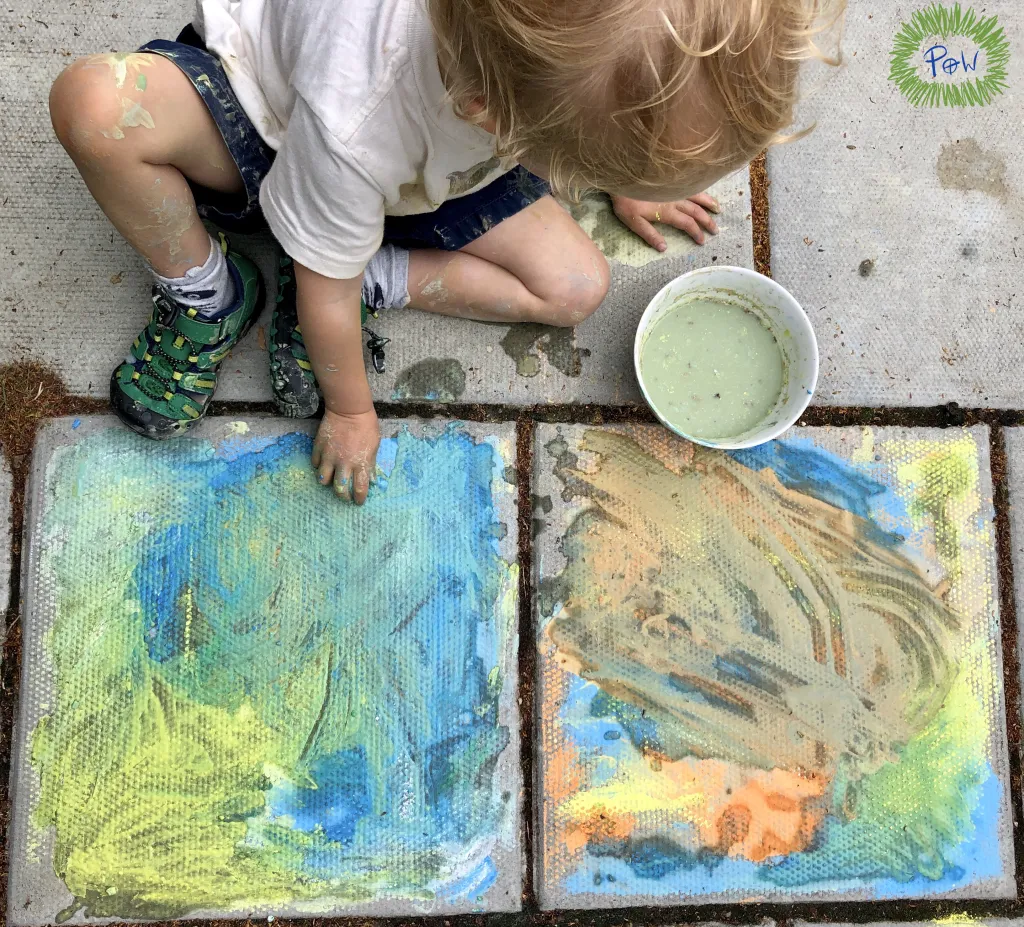
Using chalk to write on sidewalks is one of the recommended pre-writing activities that are interesting and fun. Drawing and writing on concrete will prepare children for the paper and pencil activity in the future.
They will learn to practice using their three-finger or tripod grasp as they hold the chalk. It will also help them fine-tune their strokes as they make long and short movements.
Writing on concrete areas will provide a tactile sensory experience for children. The uneven texture will provide resistance when they write, making it easier to control the chalk.
Provide different colors of chalk. Let them draw or doodle on the sidewalk. The site suggests using water to paint over the letters or drawings. Another way is to mix chalk with water to make a textured effect.
Children may combine the wet chalk to form new colors. Doing this will help them create colorful artwork.
For this activity, you will need:
- Chalk
For more information on this activity, go to PlayOfTheWild.com.
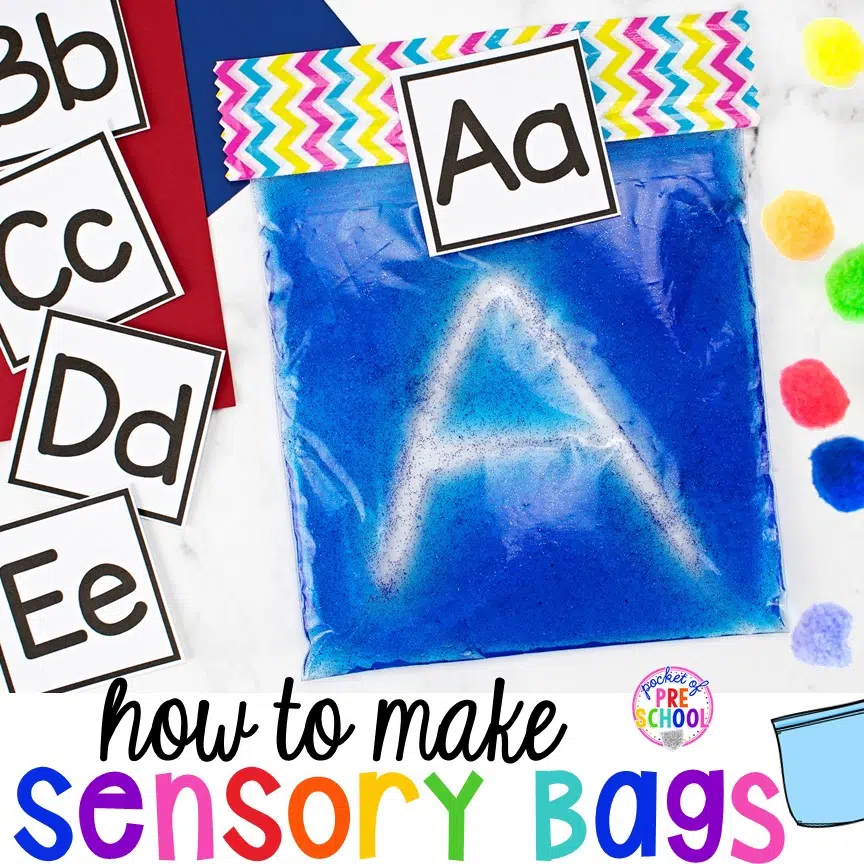
Using sensory bags is a wonderful way to engage children in writing activities. The soft texture of the bags will provide a sensory experience for children to help them be more aware of their sense of touch.
Children will strengthen their finger muscles as they write letters and numbers. It will also help them improve their visual processing skills as they copy from letter cards.
The site suggests the addition of sequins, foam beads, or glitters to make the bags more interesting. These will provide an added texture to the bag. Ensure that these added materials will not puncture the bags.
Fill a small bag with a good amount of clear hair gel. Add food coloring and mix until the desired color is achieved. Next, take the air out of the bag and close it. Try writing on the bag to see if adding more gel is necessary.
Use duct tape to seal it completely. Provide children with letter or number cards and let them copy these on the bags.
For this activity, you will need:
- Ziplock bag
- Hair gel
- Food coloring or liquid watercolor
- Duct tape
For more information on this activity, go to PocketOfPreschool.com.
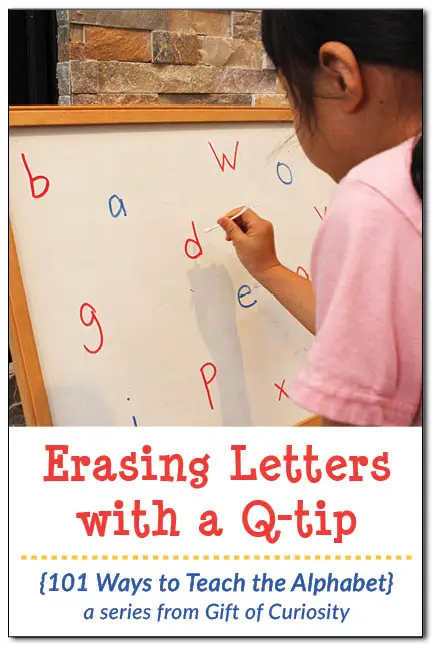
Instead of writing letters, children are asked to erase them using cotton swabs. This reverse writing activity teaches children letter recognition skills. With this technique, children can also learn to recognize their names, numbers, and basic shapes.
The site emphasizes using this activity to help children struggling with letters that may look alike, such as b and d.
Writing over the letters will help children become more aware of the line formation, curves, and their positions. It will also help them improve their strokes and coordination. The size of the cotton swabs is perfect for helping children practice their tripod grasp.
To do this, write letters on a whiteboard using whiteboard markers. Provide children with cotton swabs and ask them to write over the letters or erase them the way they were written.
Children may name the letter before erasing it. The teacher may also say aloud the letter name, and the children will need to find and erase it.
For this activity, you will need:
- Whiteboard
- Whiteboard markers
- Cotton swabs
For more information on this activity, go to GiftOfCuriosity.com.
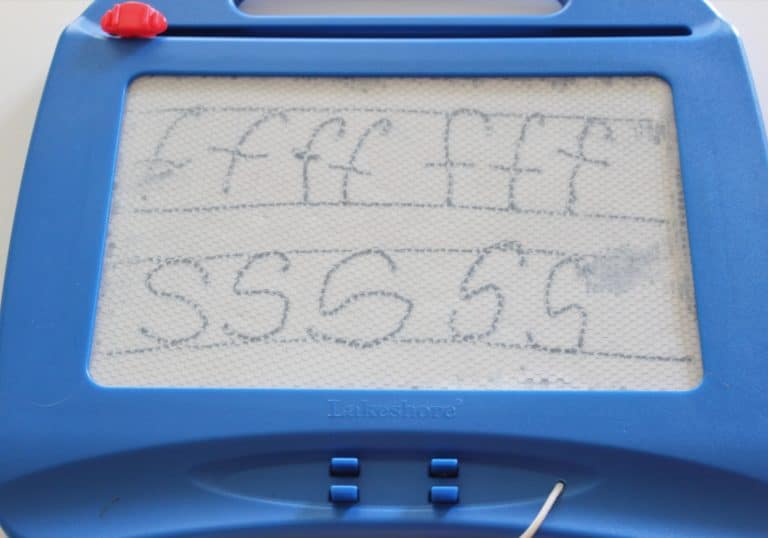
Using a Magic Board or a similar product is a clever way to teach writing. Children can practice without worrying about making mistakes. The size of the alphabet letters that children will copy can be customized.
Children may practice tracing, copying, and writing skills with this board. It is also an excellent way to help them hold their writing utensils using the tripod grasp.
Aside from letters, they may also work on number symbols, number words, sight words, their names, and basic shapes with this tool.
Use letter, number, or word cards for children to copy. Younger children who are just beginning to learn writing may be prompted step-by-step.
For example, to write the letter E, model the writing of each line and allow enough time for the child to copy the line before proceeding to the next one. Repeat this process until the child successfully follows the instructions.
For this activity, you will need:
- Magic Board
For more information on this activity, go to ABCDELearning.com.
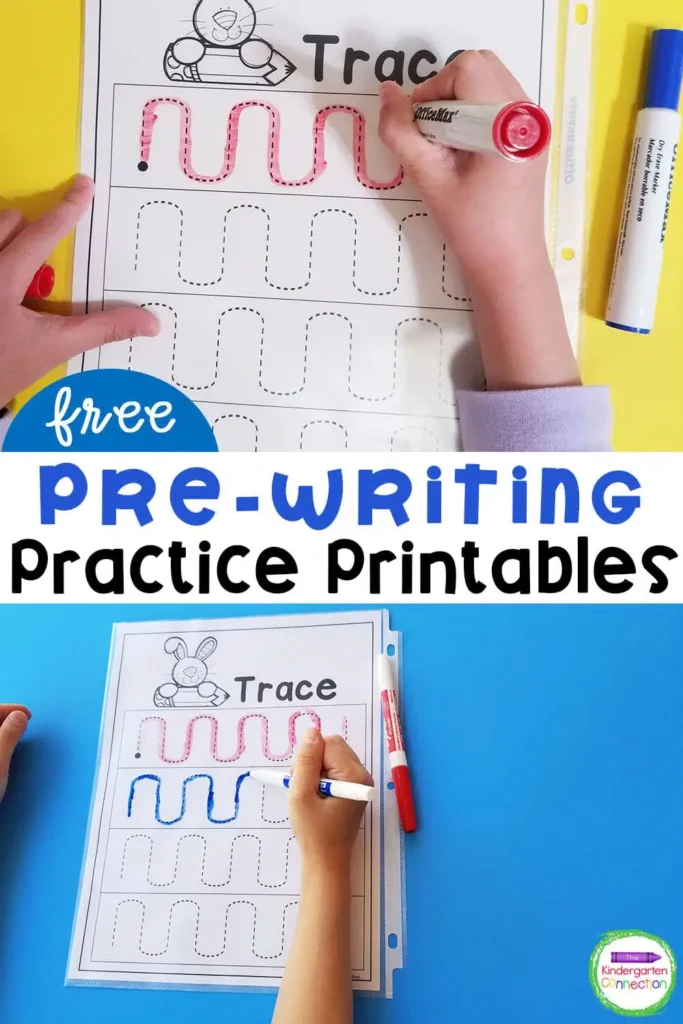
These printables will help children explore broken and continuous lines through tracing, perfect for morning work or individual practice in writing centers.
This set of pre-writing printables will help children refine their strokes and improve their fine motor control and coordination. It has thirteen pages of dotted lines in different forms.
Some lines are curved, which is perfect for writing letters and numbers. The site also suggests letting children explore the different writing tools. Doing this will also help children improve their tripod grasp.
Markers may be easy to work with, but crayons and pencils require more control. Using crayons will need children to press harder on the paper. This will help strengthen children’s finger muscles.
Download and print the free tracing worksheets from the site. To make these reusable, they can be placed in dry-erase pocket sleeves as suggested on the site. Let children choose the type of lines they want to trace.
For this activity, you will need:
- Printed pre-writing practice sheets
- Markers
- Crayons
- Pencils
For more information on this activity, go to TheKindergartenConnection.com.
Conclusion
Help children improve their writing skills with these activities. Repeated exposure and practice will allow children to improve their strokes and strengthen their hand and finger muscles while learning to recognize letters, numbers, shapes, and words.
These fun and exciting activities will not limit children to the traditional way of learning how to write. These activities will also encourage them to be creative while improving their skills.
Thank you for reading. Come back and check out our other articles on different activities.
See more activities and resources:


